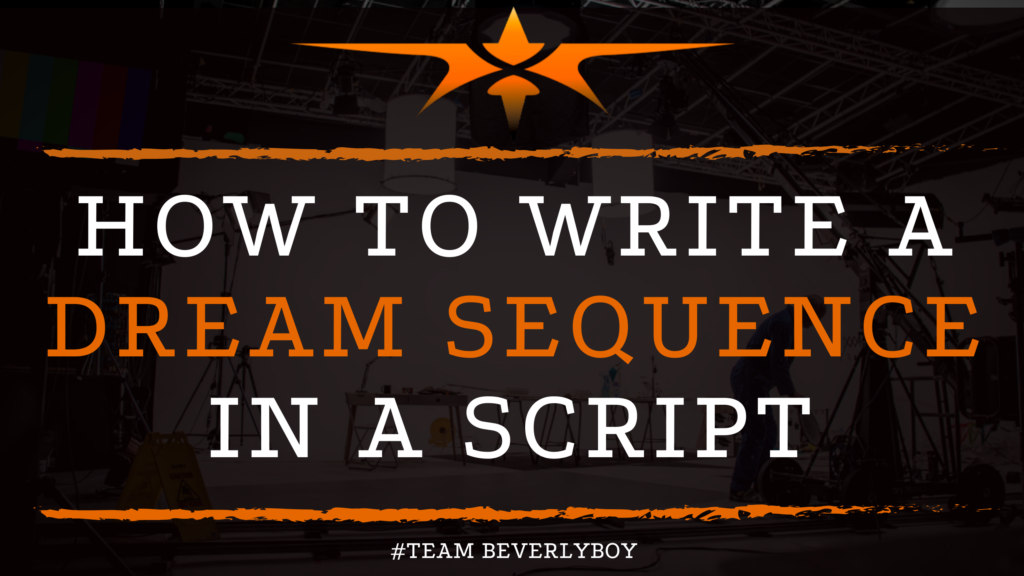How to Write a Dream Sequence in a Script
Writing a dream sequence into a script is one of the most common methods of indicating a flashback of information. Or a realization of events which have already occurred. Or which are likely to occur within the story. Just as in real life, dreams by their very nature, represent random bits of data or detail. That may or may not have any real logic. Dream sequences in films are commonly used to provide a flashback of information. Or to offer some random logic that can push the story along. While providing insight into a character’s mind. But do you know how to write a dream sequence in a script or screenplay?

Writing a dream sequence that can deliver a powerful punch for your audience is all about purpose. Planning the purpose of the dream. And the means by which the dream will be used to push the story along.
While describing the character in greater detail will help you to effectively incorporate dreams into your screenplays and scripts. From there, it’s all about the formatting.
Formatting a Dream Sequence in a Script
Learning how to write a dream sequence in a script is an important step for any screenwriter that’s interested in advancing their technique.
And taking their script writing to the next level. Similar to writing a flashback into a script. The dream sequence should be kept simple and easy for the reader to follow and understand.
To announce the dream sequence, you’ll include “DREAM” or “DREAM/FLASHBACK” into your scene heading.
For example, your scene heading might look something like this:
EXT. PARK – DAY – DREAM
In this scene heading we see that the upcoming action is taking part during the day, in a park, and represents a dream (probably a daydream) that occurs.
Keeping the action and any intended dialogue simple will allow the reader the greatest chance to understand what’s taking place and to find the purpose or intent of the dream sequence.
Once you’ve completed the actions and any dialogue for the dream sequence, you will announce the end of the dream with your next scene heading.
Which will include the word “PRESENT” or “BACK TO THE PRESENT” to help the reader understand that the dream sequence has ended and the story is picking up where it left off in present time.
For example, you next scene heading might look something like this:
INT. KITCHEN – NIGHT – PRESENT
Following the scene heading you would then continue with your action in the present sense of the story.
Thus, formatting a dream sequence into your script should be simple and will include the opening of the dream sequence in a scene heading that looks like:
[INT/EXT]. [LOCATION] – [DAY/NIGHT] – DREAM
The closing of your dream sequence, or the snap back to present day in your story will be announced with a scene heading that looks like:
[INT/EXT]. [LOCATION] – [DAY/NIGHT] – BACK TO PRESENT
Why Use a Dream Sequence in a Script?
Knowing how to write a dream sequence in a script is just as important as knowing why you should use dream sequences in your script.
The use of a dream sequence to handle a flashback or some other bit of information that pushes the story along represents a very unique method of using character-driven information to guide your story.
Always make sure that your dream sequences have purpose and that they:
- Represent a realization of sorts. Dreams should convey some information.
- Show some sort of hidden conflict, represent backstory, or provide a glimpse into the future of the story.
- Make a real impact on the story, and on the audience. Don’t just use a dream for the sake of dreaming – make it count, give the dream purpose.
- Are kept short, simple, and intentionally vague so that the audience has a bit of wonder about how much, or how little, meaning will come from the dream in the end.
Now that you know how to write a dream sequence in a script and you understand the purpose of dream sequences, how will you include a dream in your next script?

